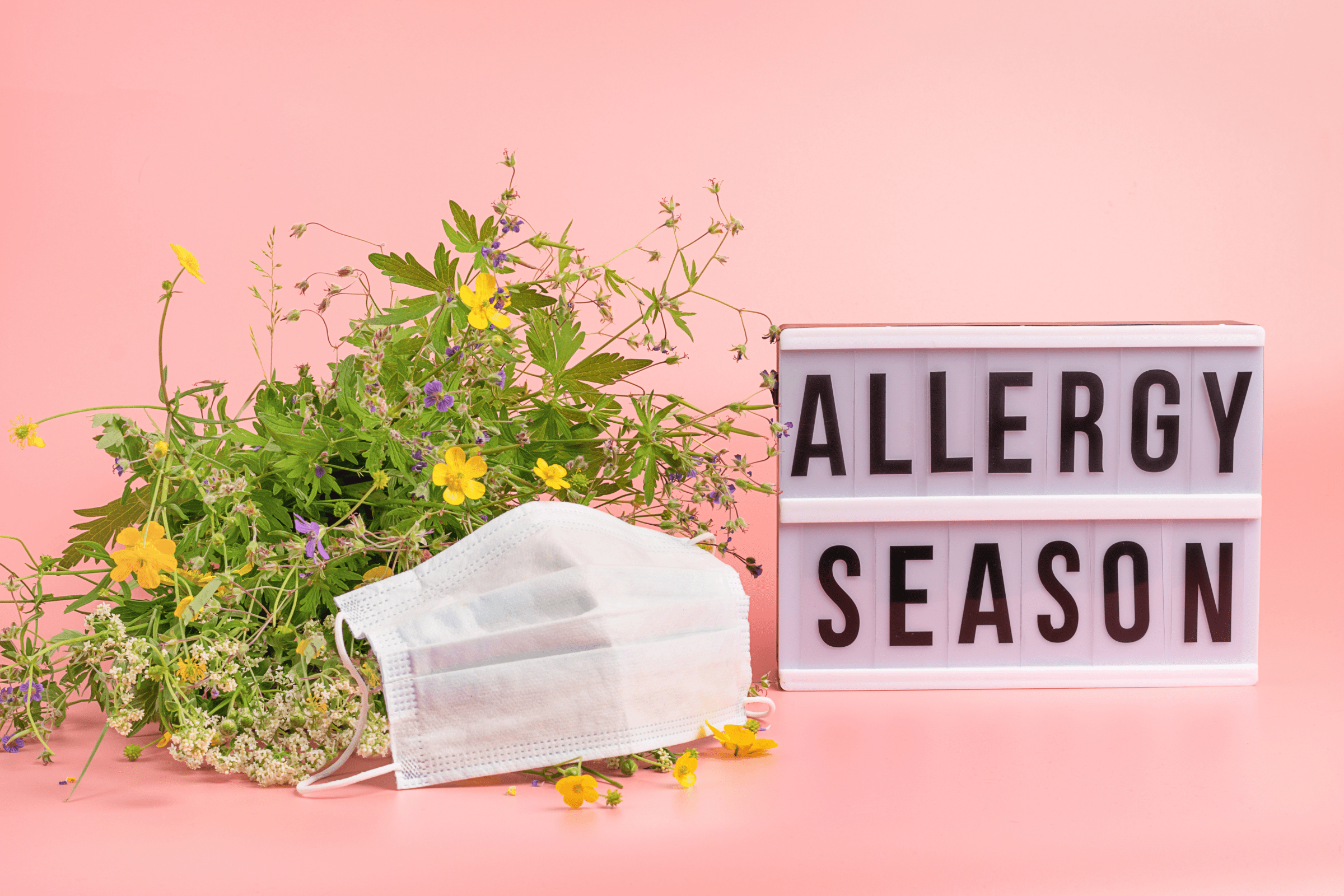There’s a lot we love about San Antonio, but we can’t say we love the dreaded allergies that plague us almost year-round.
If you’ve lived in San Antonio for at least a year, you probably already know what we’re talking about. And if you haven’t, just wait—every season, a new allergen pops up and irritates a new batch of allergy-prone people.
In this blog, we’ll cover the major allergens in our area, including:
- Mountain cedar fever
- Tree pollen
- Grass pollen
- Weed pollen
- Mold
We’ll also share how you can prepare your home for allergy season and boost your home’s air quality.
Want to improve the air quality of your San Antonio home? Our air quality specialists are happy to help! Call Today!
Allergen #1: Mountain cedar fever
The mountain cedar (ashe juniper) is an evergreen, drought-resistant tree that is one of the biggest causes of allergies in San Antonio. The infamous mountain cedar fever starts in late December and lasts until March, when the tree produces large amounts of pollen.
Contrary to its name, “cedar fever” doesn’t actually cause fevers, but rather allergy symptoms such as a sore throat, sneezing and watery eyes.
Allergen #2: Tree pollen
Right when mountain cedar fever starts to die down in March, other trees start to pollinate, creating a fresh batch of allergies for San Antonio residents.
Some of the trees that produce pollen from March to May include:
- Live oak
- Hackberry
- Arizona ash
- Willow
When these trees pollinate (especially live oak), it’s not uncommon to see driveways, sidewalks and pets covered in tiny yellow pollen.
Allergen #3: Grass pollen
During the summer, grass flourishes in San Antonio. While it makes our lawns prettier, grass also produces pollen, which irritates a lot of people’s respiratory systems.
Grass allergies are provoked in the summer because people spend more time outdoors and mow the lawn more often, which kicks up the pollen in the air.
Allergen #4: Weed pollen
From October to November, weed pollen is prevalent in San Antonio—especially ragweed. Ragweed can grow as tall as a person and one single plant can release a billion grains of pollen per season.
Because of their prevalence and potency, ragweed is extremely aggravating to allergy sufferers.
Allergen #5: Mold
With our humid climate and rainy seasons (summer and fall), mold allergies are common in San Antonio.
After heavy rainfall, it’s common to see a surge of mold-related allergies as mold spores are dispersed by the wind. Similar to the other allergens on the list, mold allergies cause similar symptoms such as coughing, a runny nose and itchy eyes.
3 ways to get allergy relief in San Antonio
After reading that long list of allergies, you may be wondering if there’s any relief. Luckily, today’s air quality technology can help you fight seasonal allergies.
Below are 3 ways you can improve the quality of your home’s air and reduce allergies:
- Check your air filter regularly: We recommend checking your air filter monthly and changing it when it’s dirty. This will not only remove more airborne allergens but also improve the efficiency of your HVAC system.
- Consider a whole-home dehumidifier: If you are battling mold allergies, a dehumidifier could help reduce the mold count in your home.
- Invest in a whole-home air purifier: A whole-home air purifier is a device that’s installed in your home’s HVAC system. Depending on the type of air purifier you get, it will either filter or kill allergy-inducing particles in your home’s air.
Interested in a whole-home air purifier? We can give you a free quote on the cost to install one in your San Antonio home. Visit our air quality service page to see other ways we can improve your indoor air quality.

